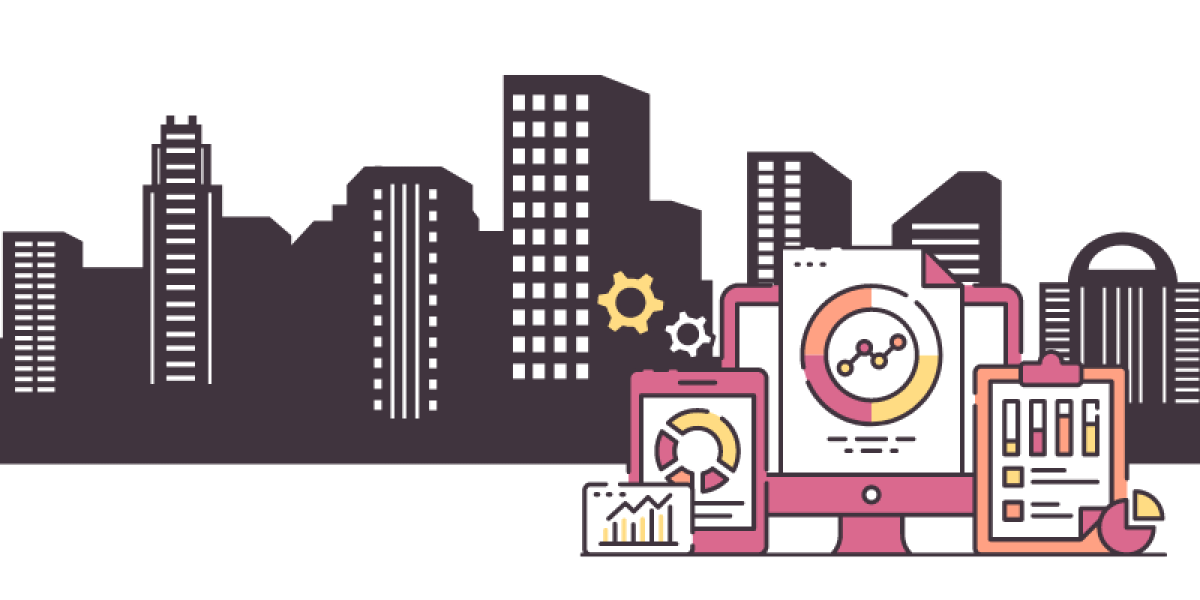What is a 'Smart' City?
55% of the world’s population currently live in cities, with population growth the UN predicts that by 2050 that population will grow by 2.5 billion people. With this projected population growth, smart city applications explore how we can use technology to ensure our cities are managed in the most efficient and sustainable way possible.
While there is no one definition of a smart city, generally they describe approaches using digital and data to improve how a city works, such as
- Enhancing sustainable transport services
- Monitoring the environment and supporting climate action
- Stimulating economic growth
- Improving citizen engagement with local and national governments
It is technology in the city that is bettering the lives of its citizens and visitors! When talking about deploying smart technology in an urban space, one example could be sensors – sensors that can measure everything from pedestrian footfall to rainwater levels.
New technologies are continuing to have major impacts on the economy, society and the workplace and are fundamentally changing many traditional industries, processes and modes of communication. Being aware of and ready to take advantage of new trends in technology is essential and will help us deliver a dynamic, sustainable city that is future ready.

Smart Technology in the City
Many examples of technology deployed across the city are often hidden in plain sight, or work ‘behind the scenes’ to make cities more efficient. Some of these smart technology solutions can include compacting rubbish bins – for example Big Belly Bins, sensors that ensure all Ring Buoys are deployed across the Irish waterways, and even to new technology such as augmented-reality apps and digital maps!
In Dublin...
Smart rubbish bins send alerts to waste management teams when the bin is full to schedule pick-up.
Sensors in drains detect when there is a blockage that needs to be cleared to prevent flooding.

When sensors are deployed at scale in our cities, social laws are built into our digital infrastructure. This can be designed deliberately, or can happen completely unintentionally. If we take the example of smart traffic lights; they could be used to reduce wait times for cars at times when there’s less traffic, but they could also be used to direct traffic into poorer areas so they face more pollution and congestion than more affluent areas.
To avoid outcomes that do not benefit citizens when deploying new technologies, we need to think carefully about the design of smart cities, and give everyone the vocabulary to be involved in the conversation on how technology is shaping their future. Smart city programmes work to create structures that support these conversations in order to ensure inclusive, responsible and sustainable development of cities worldwide.